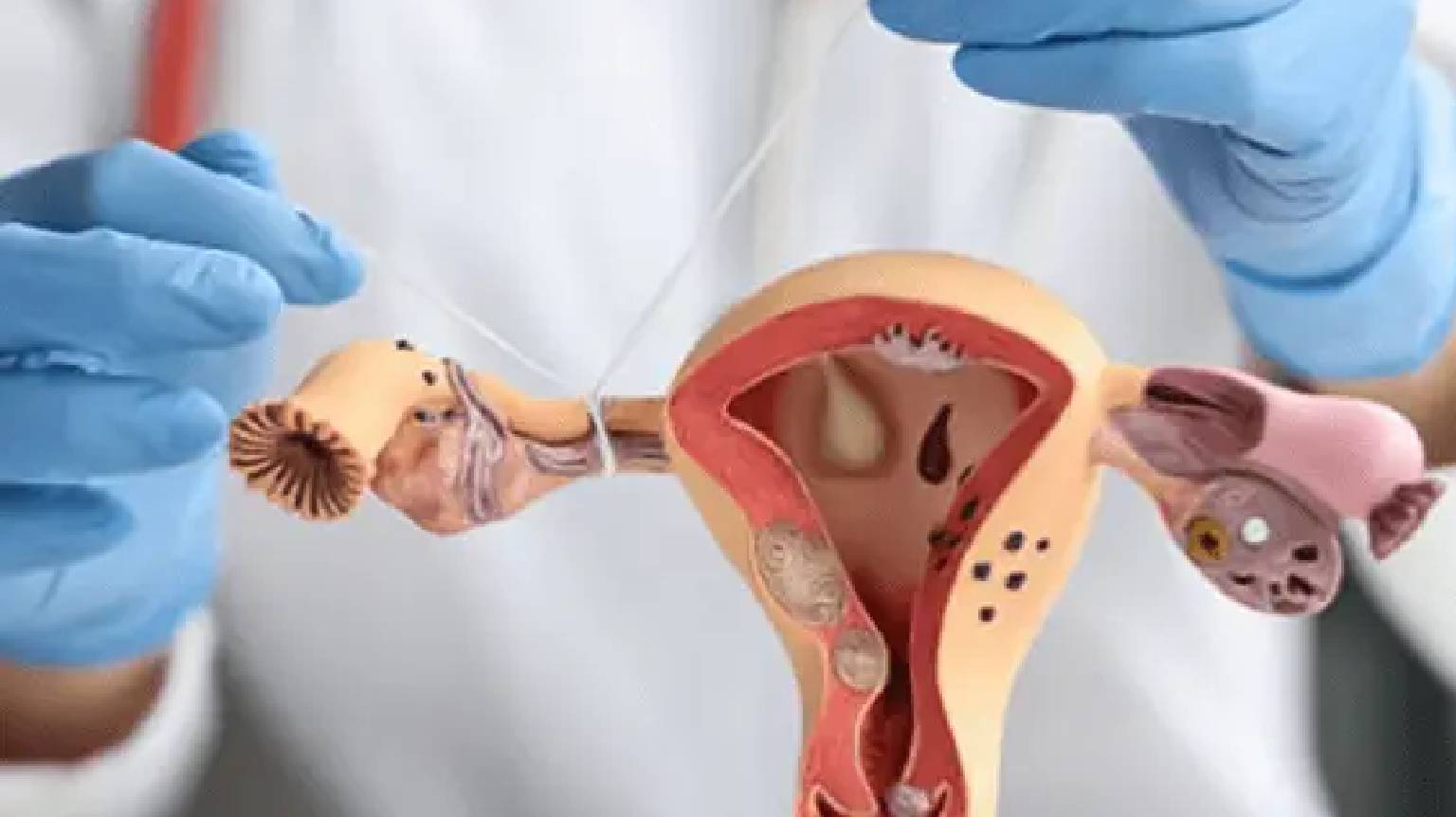
Definition:
Tubal ligation, also known as “getting your tubes tied,” is a permanent form of female sterilization. It involves cutting, tying, or sealing the fallopian tubes to prevent pregnancy by blocking the sperm from reaching the egg.
Why It’s Done (Causes for Procedure):
Permanent contraception for women who no longer want children.
Reducing the risk of ectopic pregnancy.
May be considered for women with certain medical conditions where pregnancy could be risky.
Symptoms & Side Effects:
Mild pain or cramping after surgery.
Temporary nausea or bloating.
No effect on menstrual cycle or hormone levels.
Diagnosis & Pre-Surgery Evaluations:
Physical examination and medical history assessment.
Blood tests to check overall health.
Counseling to ensure the patient understands that it is permanent.
Treatment Procedure:
Laparoscopic Tubal Ligation: Small incisions are made, and the fallopian tubes are sealed using clips, bands, or electrocautery.
Minilaparotomy: A small abdominal incision is made for access to the fallopian tubes.
Postpartum Tubal Ligation: Done immediately after childbirth via a small incision near the belly button.
Recovery & Risks:
Recovery takes about 1-2 weeks.
Risks include infection, bleeding, or accidental damage to nearby organs.
Prevention Tips & Alternative Birth Control Options:
Consider long-term reversible options like IUDs or contraceptive implants before opting for tubal ligation.
Use barrier methods (condoms) for STD prevention.
Conclusion:
Tubal ligation is a safe and effective permanent birth control method, but it should be chosen only after thorough consideration.
Dr. Abhilasha, Women’s Health Care © 2025 All Right Reserved